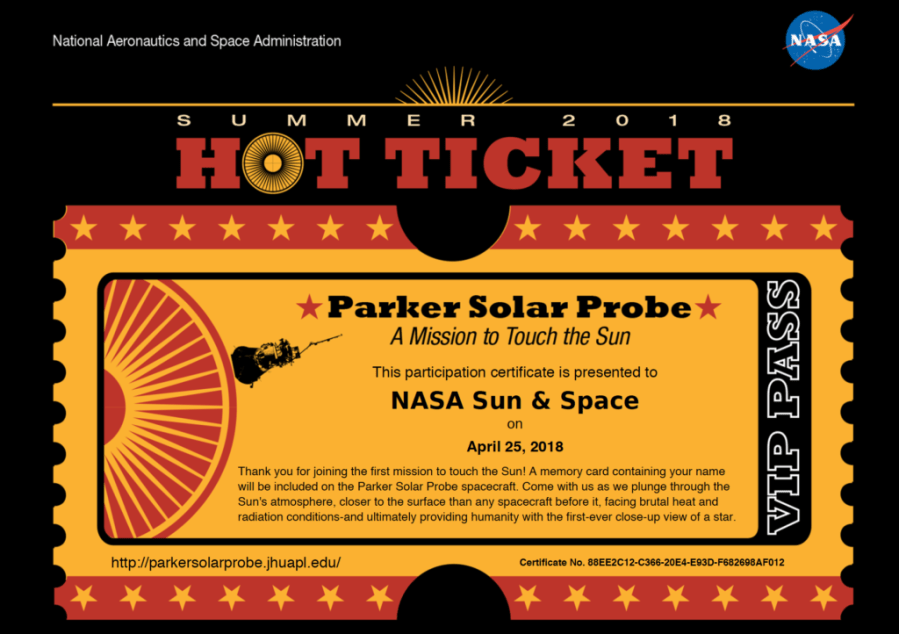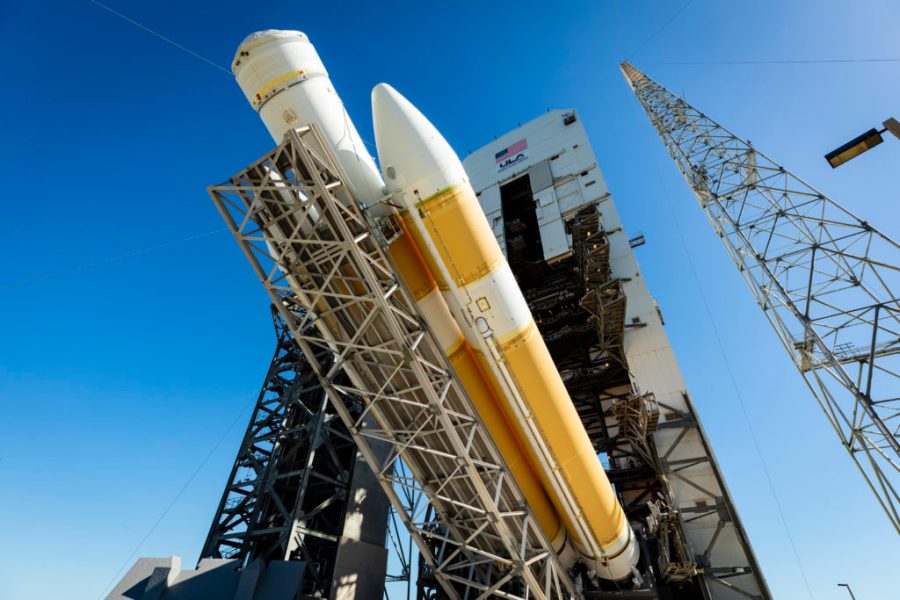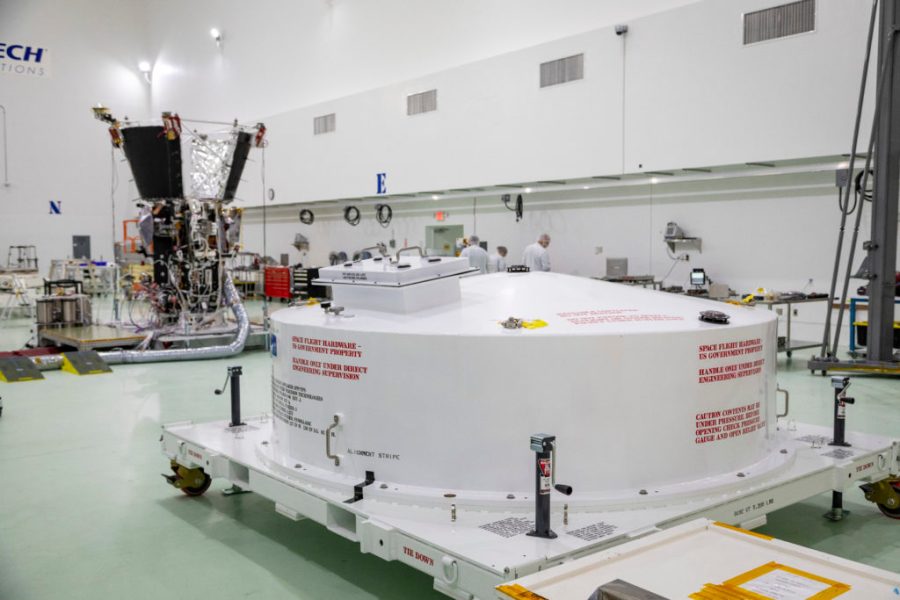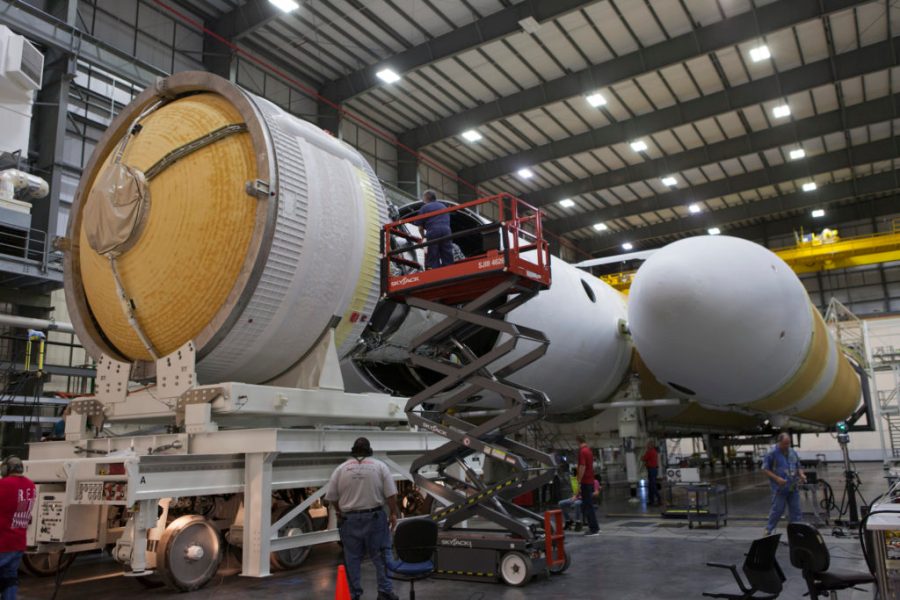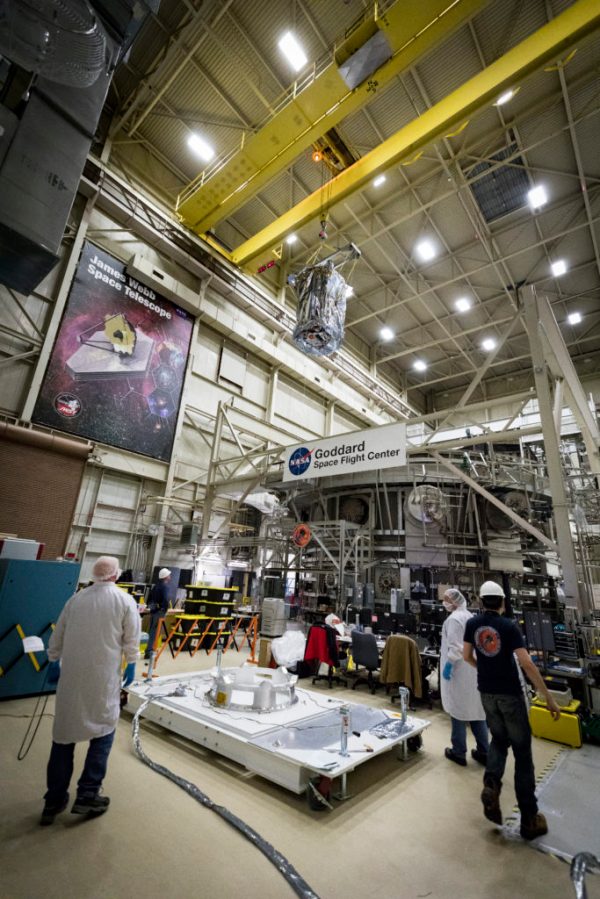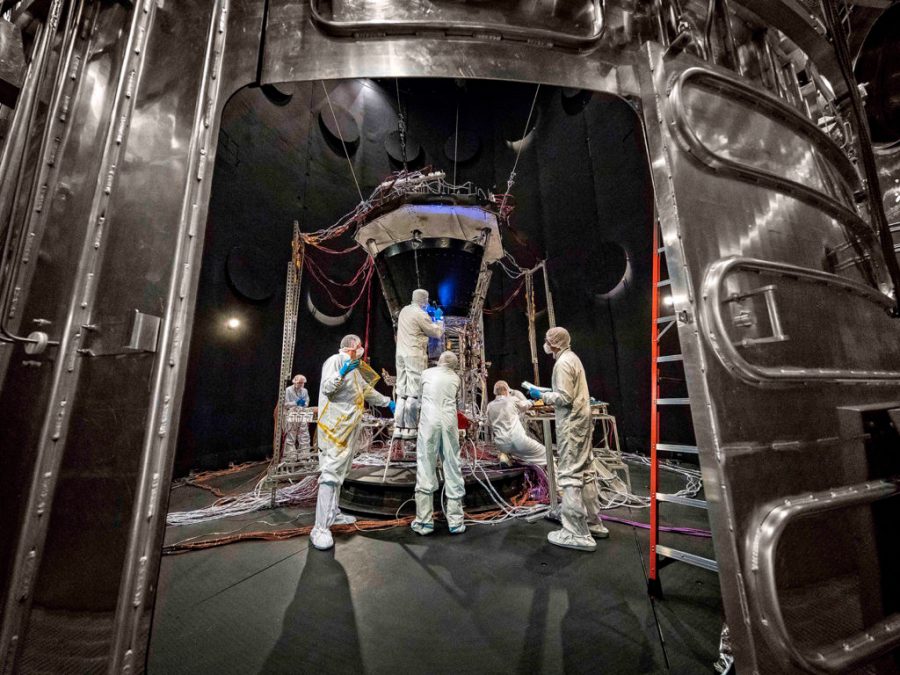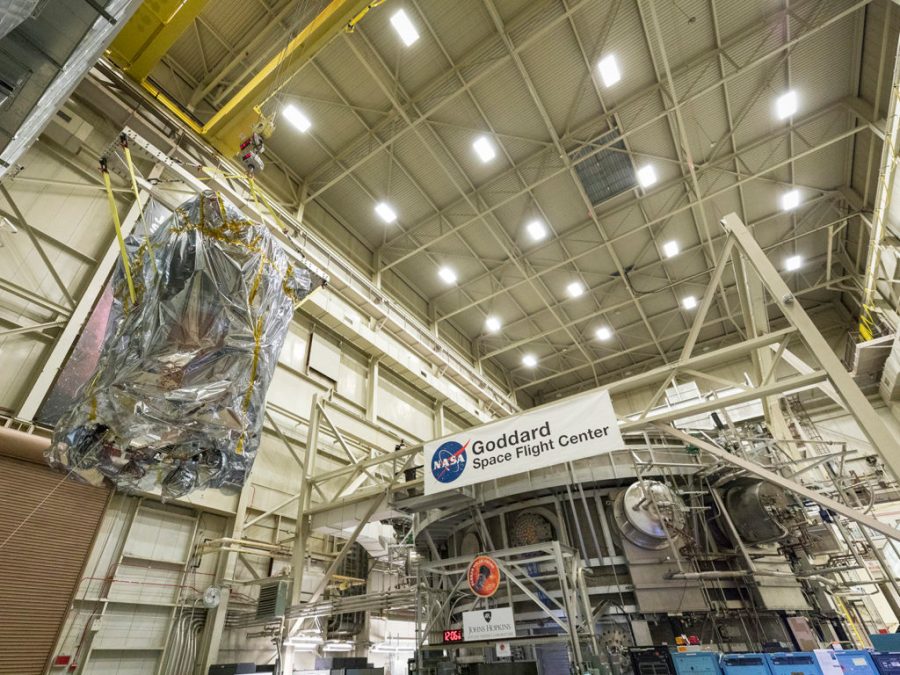You don't get to swim in the Sun's atmosphere unless you can prove you belong there. And Parker Solar Probe's Faraday cup, a key sensor on the spacecraft, earned its stripes on April 19 by enduring testing in a homemade contraption designed to simulate the Sun.




























